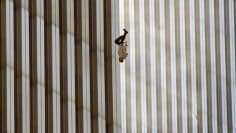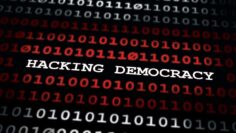A Good American
A Good American tells the story of William Binney, a former National Security Agency (NSA) analyst and crypto-mathematician who developed a revolutionary surveillance program called ThinThread. This program had the potential to prevent the 9/11 terrorist attacks, but was ultimately shut down by NSA leadership just weeks before the tragedy occurred.
Binney, widely regarded as one of the best code-breakers in U.S. history, created ThinThread with a small team within the NSA. The program was designed to intercept and analyze electronic signals from around the world, filtering them for potential threats while maintaining privacy protections as required by the U.S. Constitution. ThinThread was not only highly effective but also cost-efficient, capable of covering a network of 2.5 billion phones.
Despite its promise, ThinThread faced opposition from within the NSA. The documentary suggests that the program’s low cost was seen as a threat to more expensive alternatives favored by industry-aligned NSA leadership. As a result, ThinThread was terminated by NSA director General Michael Hayden just three weeks before the September 11 attacks.
The film presents evidence that ThinThread could have prevented the 9/11 attacks. In early 2002, a secret test run of the program against the pre-9/11 NSA database immediately identified the terrorists involved. This revelation forms a central part of the documentary’s narrative, raising questions about the decisions made by NSA leadership in the lead-up to the attacks.
A Good American features interviews with Binney and other key figures, including fellow NSA whistleblowers J. Kirk Wiebe and Edward Loomis, as well as Thomas Drake, a former NSA software engineer, and Diane Roark, a senior staffer at the House Intelligence Committee. These individuals corroborate Binney’s account and provide additional insights into the internal workings of the NSA during this critical period.
The documentary also touches on the aftermath of the 9/11 attacks, revealing that elements of ThinThread were later used by the NSA to conduct mass surveillance on American citizens, despite the program’s original design to protect privacy. This shift in the use of the technology led Binney and his colleagues to become whistleblowers, speaking out against what they saw as unconstitutional and ineffective surveillance practices.










